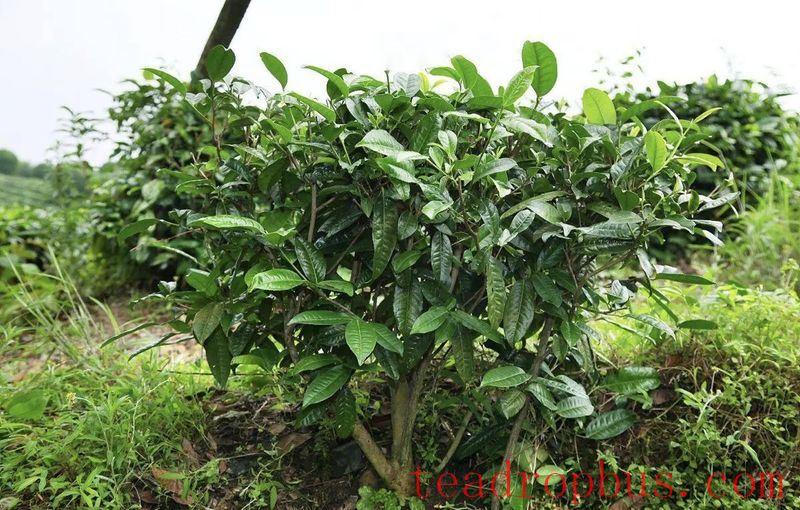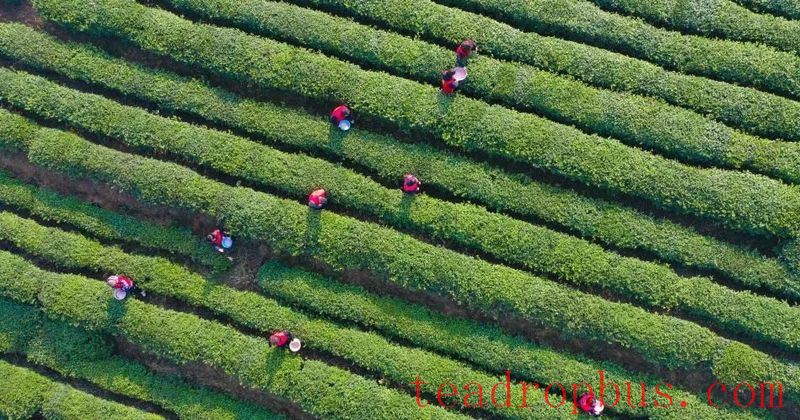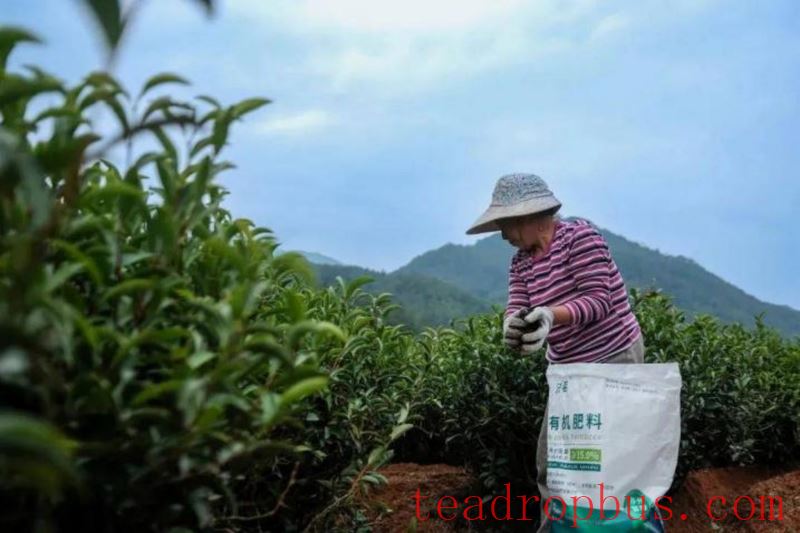In recent years, China has made certain achievements in reducing fertilizer application in Tea gardens. However, due to the extensive distribution of tea gardens and extreme regional imbalances, along with a severe shortage of rural labor force and the aging structure of Tea Garden growers and managers, as well as the deeply ingrained traditional management practices, tea farmers still have doubts such as, “Does fertilizer reduction in tea gardens mean no fertilization?” and “Is the quality of tea better without fertilization?” These questions indicate that the implementation of reduction techniques still requires long-term correct guidance.
Why Do Tea Plants Need Fertilizers?
Tea plants require nutrients for growth. Annual picking and pruning take away a large amount of these nutrients, depleting the plant's nutritional reserves. Therefore, tea plants need to continuously absorb nutrients from the soil to meet their normal growth needs. However, soil nutrients are limited, and when depleted, can cause a decline in Bud and Leaf yield and quality, hence the need for fertilization.

Do All Tea Gardens Need to Reduce Fertilizer Application?
According to the N, P₂O₅, and K₂O limited standards of 450, 150, and 150 kg/hm² respectively (total of N+P₂O₅+K₂O is 750 kg/hm²), tea gardens exceeding these standards are the target for fertilizer reduction, while those with insufficient fertilizer application need an increase instead. Therefore, not all tea gardens need to reduce fertilizer application.

The Hazards of Excessive Fertilization in Tea Gardens
1. Excessive Fertilizer Application Causes Soil Quality Deterioration
Fertilizers have the advantages of high nutrient content, low application rate, quick results, and easy use. However, excessive application can lead to soil acidification, gradually deteriorating soil quality over time.
2. Excessive Fertilizer Application Does Not Promote Yield Increase
The relationship between tea yield and fertilizer application is not linear but parabolic. Studies show that under low nitrogen application, tea yield increases with increasing nitrogen fertilizer until a certain point where yield no longer increases linearly. Instead, the increase in yield slows down significantly with further nitrogen fertilizer application, greatly reducing the input-to-output ratio.
3. Excessive Fertilizer Application Results in Reduced Tea Quality
Studies show that with increased nitrogen application, free amino acid content increases and the phenol-amino acid ratio decreases. However, after reaching a certain level, the Theanine proportion decreases and the arginine proportion rises markedly, adversely affecting tea quality.
How to Reduce Fertilizer Application in Tea Gardens?
1. Determining Nutrient Application Rates
The principle of tea garden fertilization is appropriate application rates and balanced nutrition. Nitrogen fertilizer is controlled by the total annual amount. The benchmark nutrient ratios for phosphorus (as P₂O₅) is 60-90 kg/hm², potassium (as K₂O) is 60-120 kg/hm², and magnesium (as MgO) is 40-60 kg/hm², which can be adjusted based on soil test results. Microelements are only applied when soil analysis shows deficiencies.
Table 1: Appropriate Nitrogen Fertilizer Application Rates in Tea Gardens

2. Determining the Ratio of Organic Fertilizer to Replace Chemical Fertilizer
It is preferable to use both chemical and organic fertilizers together in tea gardens. Generally, the organic fertilizer substitution ratio (as pure N) of 25%-40% is suitable, with a principle of not less than 20% and not more than 50%.

The Effects of Fertilizer Reduction in Tea Gardens
Studies have shown that reducing chemical fertilizer (nitrogen fertilizer) by 20% and increasing organic fertilizer can increase bud density and the weight of 100 buds. The amino acid content in the tea is higher, and the phenol-amino acid ratio is more suitable, leading to a significant improvement in the quality of finished tea.
Reducing chemical fertilizer by 30% and increasing organic fertilizer results in a 10.6% increase in fresh leaf yield (14.0% if slow-release compound fertilizer is used). This can significantly increase the water-soluble substance content and the total free amino acids in tea, while significantly reducing the phenol-amino acid ratio. Soil pH and organic matter content are notably improved, enhancing soil quality. Each hectare of tea garden gains an additional 7,000 yuan (14,600 yuan if slow-release compound fertilizer is used).
Reducing chemical fertilizer by 60% and increasing organic fertilizer significantly increases soil organic matter content and reduces soil bulk density, while also showing a trend of slowing soil acidification. This significantly improves tea garden soil quality and has some yield enhancement effect (average increase of 3.7%), without altering the quality components of new shoots or the quality of finished tea.
Do Tea Gardens Need Accompanying Techniques After Fertilizer Reduction?
After reducing fertilizer application, the following three accompanying techniques should be implemented to improve fertilizer utilization efficiency and promote healthy tea plant growth:
1. Improving Fertilization Methods. Use base fertilization and top-dressing together, with organic fertilizers and compound fertilizers primarily used as base fertilizers and fast-acting nitrogen fertilizers primarily used as top-dressing.
2. Soil Improvement. Implement techniques such as soil acidification improvement, cultivation of compacted soils, and green manure planting to ensure healthy soil.
3. Using Specialized Fertilizers for Tea Plants and New Fertilizers Containing Nitrification Inhibitors to promote healthy growth of tea plants.
Summary
Therefore, not all tea gardens need to reduce fertilizer application, nor does it mean that fertilizers cannot be used at all. Based on misunderstandings about chemical fertilizer reduction in tea gardens, this article introduces the necessity of fertilization, the urgency of fertilizer reduction, the effects of fertilizer reduction, and how to carry out fertilizer reduction. It is of great significance for agricultural extension workers and tea farmers to correctly understand fertilizer reduction in tea gardens.